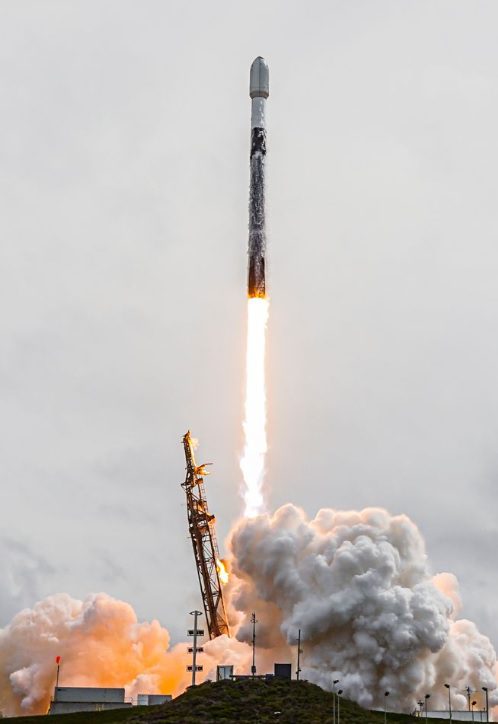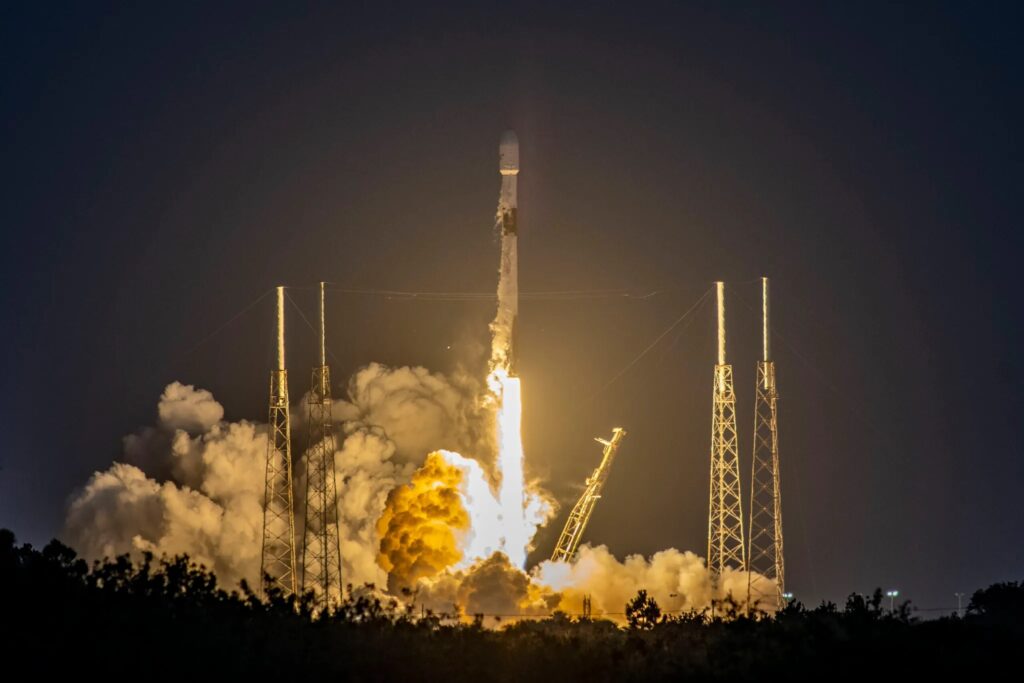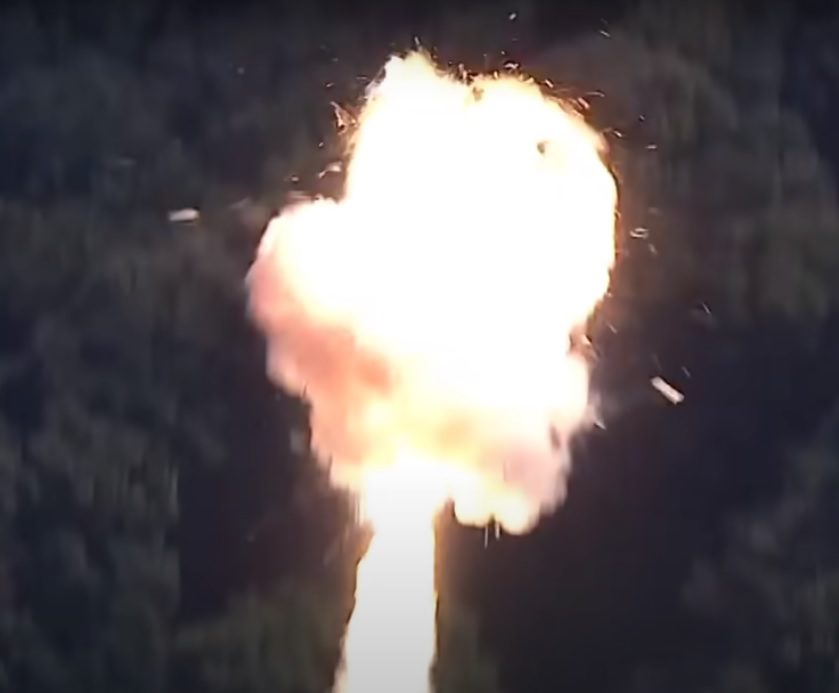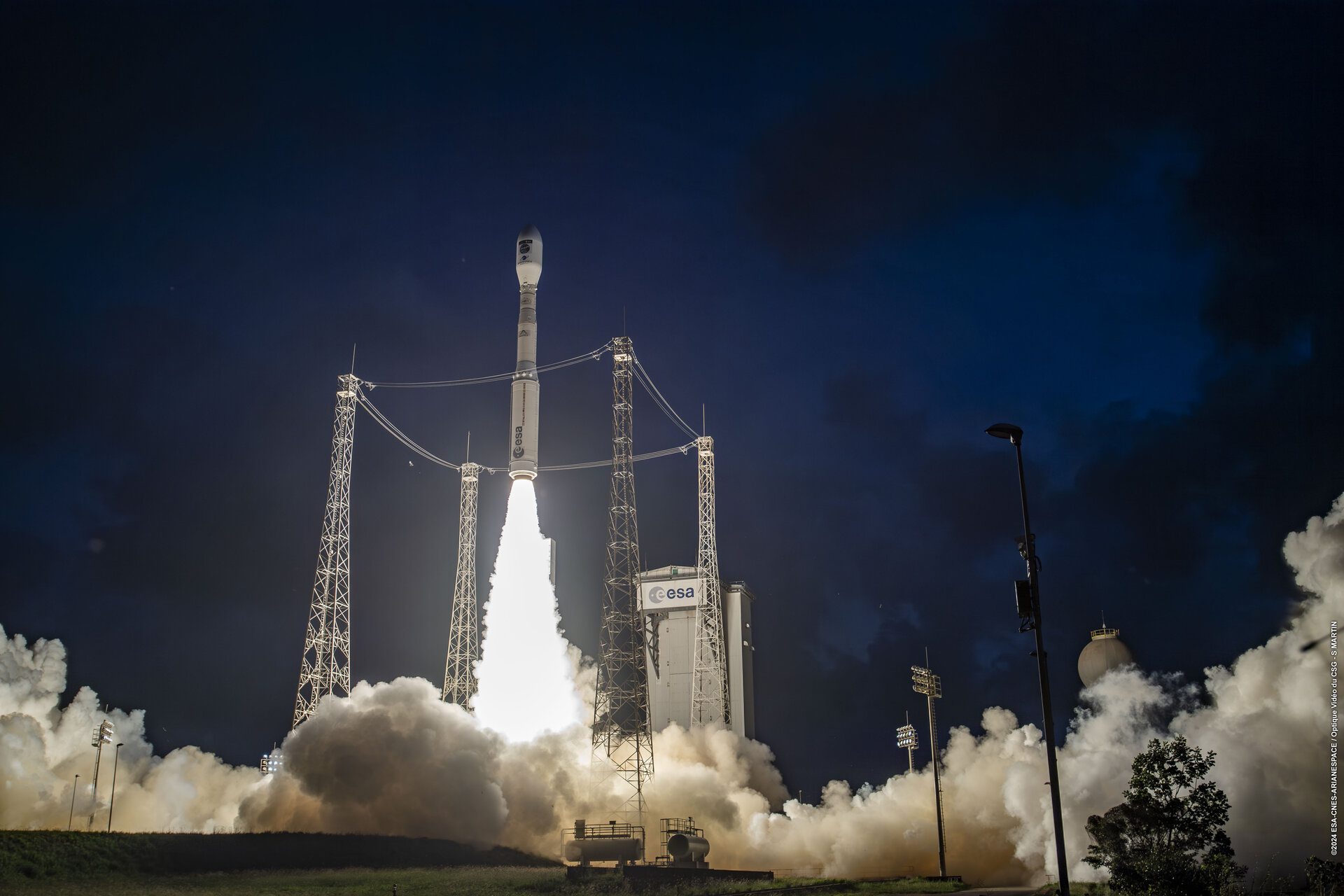SpaceX successfully launched a Falcon 9 from Vandenberg, California, at 1926 GMT on 17 March. The vehicle was carrying 52 satellites of Starlink Group 2-8 for SpaceX’s own low Earth orbit communications satellite constellation. The B1071 first stage, on its eighth flight, landed on the drone barge ‘Of Course I Still Love You’ downrange in the Pacific.
Later the same day, SpaceX successfully launched a Falcon 9v1.2FT Block 5 rocket from Cape Canaveral, Florida, at 2338 GMT. The vehicle was carrying SES 18 and SES 19 into a geosynchronous transfer orbit. The satellites will use their own chemical on-board propulsion to quickly raise themselves into their full geostationary orbital operating position. The B1069 first stage, on its sixth flight, landed on the drone barge ‘Just Read the Instructions’ downrange in the Atlantic.
The launch was important for the Luxembourg-based SES satellite firm in not only providing it with two new spacecraft, but in being the last two satellites it needed in orbit to claim about US$4 billion in C-band transfer proceeds, after the satellite companies agreed to give up some spectrum to ground users.
Nota Bene: While the above launches are for the initial constellation, the Starlink Group 6-1 for the V2 constellation, which were launched in late February, appear unlikely to reach their operational orbits as they are already being lowered.








